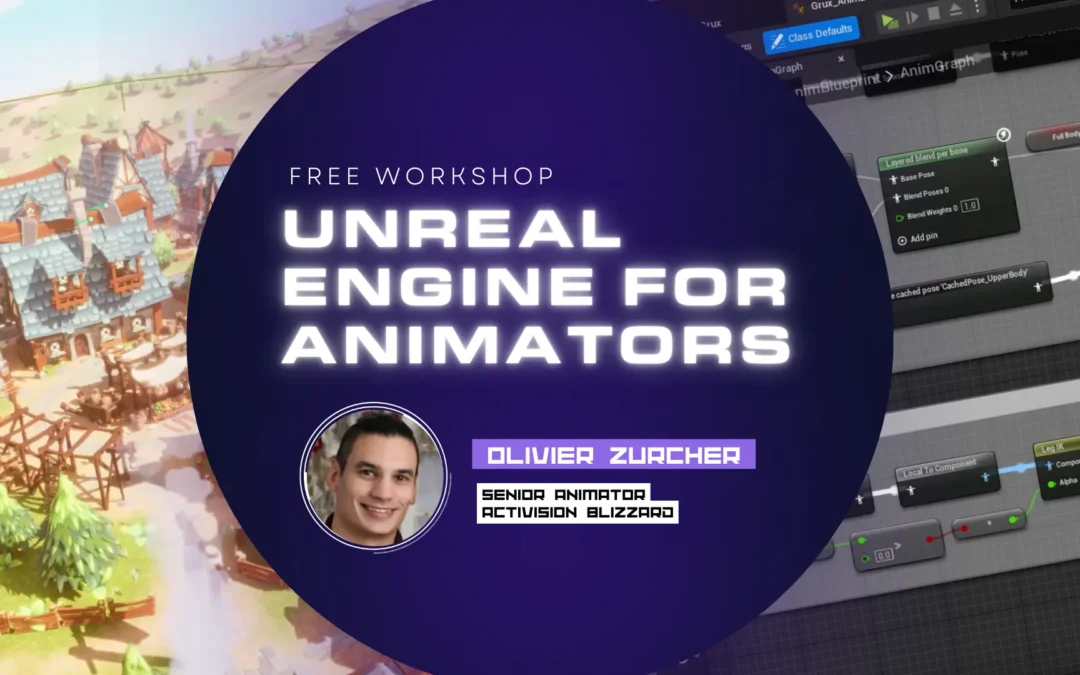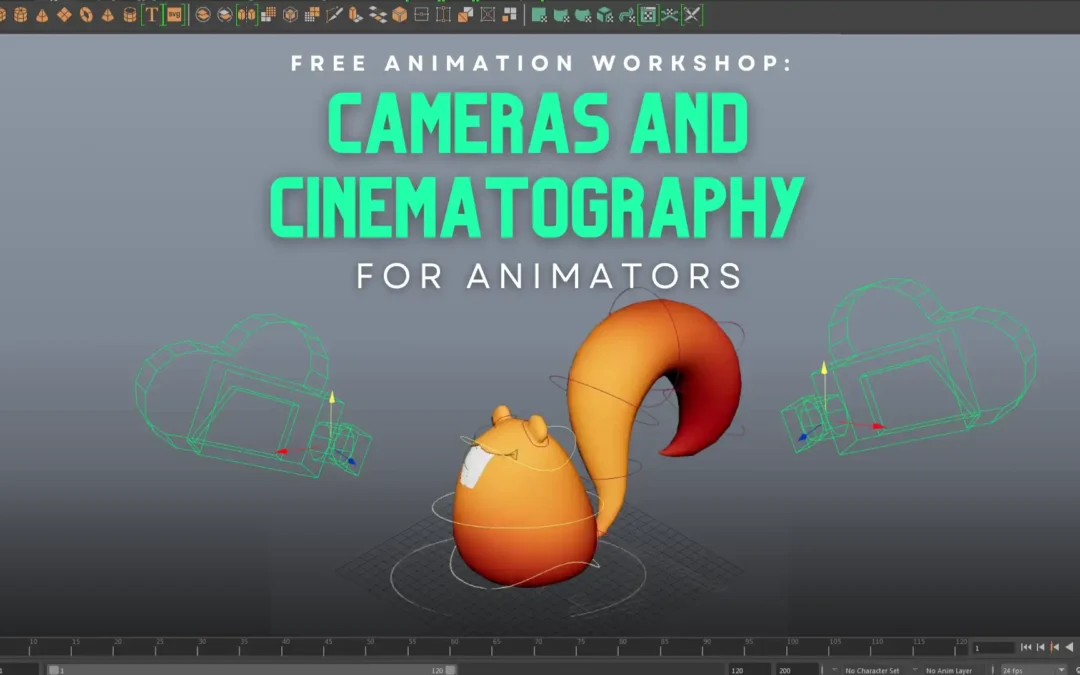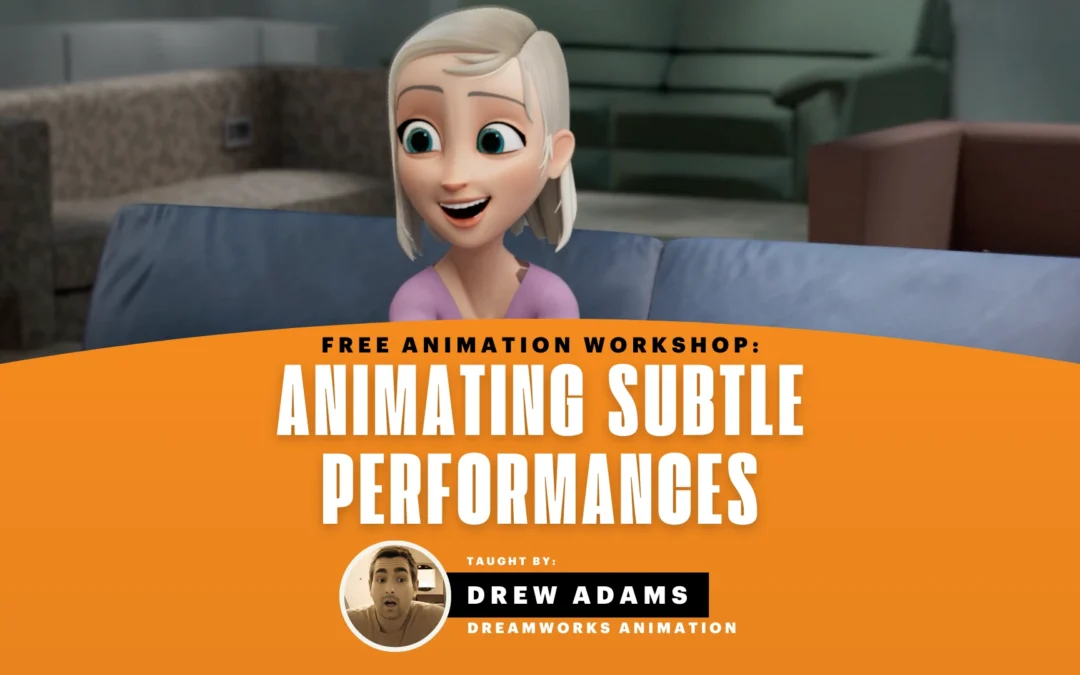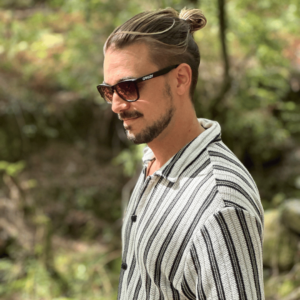
We’re excited to chat with Fonzo Romano, an Animation Mentor alumnus whose journey has taken him from creating comic strips in Lisbon to Lead Animator at Pixomondo, most recently working on the second season of House of the Dragon. Fonzo’s career is a testament to his passion for storytelling and animation, honed through years of exploration and hard work. In this Q&A, Fonzo shares insights into his animation journey, his role as a Lead Animator, and the unique challenges of bringing fantastical creatures like dragons to life on screen.
The Path to a Career in Animation
Animation Mentor: Tell us about your animation journey. How did you get to where you are today?
Fonzo: I had quite a long journey of exploration and experimentation before I finally found and chose animation as my career path. After school, all I knew was that I wanted to do something creative—something that would let me use my wild imagination and, oddly enough, my sense of humor. I used to create my own comic book strips and homemade comedy sketches. My first step on this journey was joining a cinema course in my hometown of Lisbon, Portugal. There, I got hands-on experience in every aspect of filmmaking—from scriptwriting and set design to camera work and editing. I even took some acting classes on the side, landing a few commercials and a minor role in a movie.
Then, in the second year of the course, a class made my soul tingle: the 3D class. It was then that I fell in love with this world. The possibilities were endless, and there was nothing I could imagine that couldn’t be realized in 3D. But alas, I was in the wrong course for that, as it was just a small part of the curriculum.
European readers might be familiar with Erasmus, a student program that allows you to study abroad for a semester or two in another European country. I chose my destination based on available 3D courses and ended up in Manchester, UK, at the University of Salford. I enjoyed the year-long experience so much that I asked for a permanent transfer, leaving my home country, family, and friends behind to chase this unconventional tridimensional dream. But just like the cinema degree, the 3D animation degree was very broad. Stop-motion, modeling, rigging, lighting, editing, and both 2D and 3D animation—I learned it all but mastered none.
In fact, it wasn’t until the very last assignment that I finally made my choice: I wanted to be an animator! As an animator, I could use all the tools I learned from both courses. Camera skills, acting—everything was coming together. However, I didn’t feel ready to land a job since I had focused on areas other than animation during my studies. I needed to specialize in animation, and that’s where Animation Mentor came in. It was perfect for my situation back then.
Given my comedy-driven motivation, I always thought I would end up in feature animation. But, almost by chance, I got my first big gig at MPC London to work on the original Guardians of the Galaxy. I stayed in the London VFX scene for most of my career, often working with creatures. The Lion King, The Jungle Book, His Dark Materials, and The Mandalorian all involved heavy creature animation. And this is how, almost by accident, I became a creature specialist and now serve as a lead animator on a dragon-based show.

Behind the Scenes: House of the Dragon
Animation Mentor: Can you break down what the process is for animating dragons?
Fonzo: Animating a dragon is far more complex than simply flapping its wings and letting it fly on its own. While it would be fantastic if such a tool existed, the reality is much more intricate. However, we do have tools that assist with the process. Dragons are probably the hardest creatures I have ever animated, and likely ever will. They are heavy, have long necks and tails, and possess complex wings that also function as limbs when on the ground. Despite these challenges, one of the most important animation principles still applies: KISS, or “Keep It Simple, Stupid,” as the great Richard Williams advised.
To manage the complexity, I usually break down the action and layer it, aiming to use as few keys as possible. A valuable tip I’ve learned from more experienced animators is to keep all controls keyed on the same frames for as long as possible. This makes it easier to adjust timings without the animation becoming overly complicated. Strong posing is crucial, particularly with the line of action from tail to head and in the poses of the fingers and wings. Conveying weight is especially important for these huge creatures. When animating their flight, it’s easy to make them feel too light, so ensuring they move with a sense of heft and gravity is vital.
By adhering to these principles and techniques, animators can create believable and dynamic dragons that fit seamlessly into their visual narratives.
Animation Mentor: Can you tell us about a day in the life of being Lead Animator on House of the Dragon Season 2?
Fonzo: A lead animator has added responsibilities beyond those of a typical animator. While an animator might spend most of their day working in Maya, a lead animator’s day is more diverse, varying by studio and project. Specifically, for Pixomondo our responsibilities include:
- Leading by Example: As leads, we set the quality bar for the rest of the show. We handle some of the most complex shots, not necessarily because we are the most experienced or skilled animators on the team, but because we are the point of contact for any questions or feedback our team might need. This requires us to be very knowledgeable about the creatures/characters we are animating, the rigs we are using, and the “big picture” view of the sequences we are leading. We also need to master the tools the studio uses and know the correct processes for different tasks.
- Interdepartmental Coordination: Leads are responsible for reaching out to other departments for assistance, requests, and problem-solving. For instance, if our characters need to perform actions that the rig doesn’t allow, we contact the rigging department to formally request modifications. If a specific shot requires rotoscoping, we coordinate with the compositing department. Similarly, the FX department often contacts us for technical fixes in animation or changes that could help them achieve the desired result, in ways we might not consider when animating a shot. Essentially, we serve as a bridge between different components of the well-oiled machine that is visual effects.
- Meeting Attendance and Representation: Leads must attend several daily meetings and many impromptu or emergency meetings for specific shots and problems that need solving. We often represent the entire animation department in these meetings.
- Providing Feedback: Feedback is a significant part of a lead’s role. In House of the Dragon, leads primarily help with body mechanics and technical issues, leaving broader acting or performance choices to be discussed by the Animation Supervisor, VFX Supervisor, and client. We hold daily lead “desk dailies” that animators can join to ask questions or seek feedback on their shots.
In summary, the role of a lead animator involves setting standards, coordinating across departments, representing the animation team, and providing targeted feedback to ensure the highest quality animation work.
Animation Mentor: What is one of the most challenging projects you’ve ever worked on and what did you learn from it?
Fonzo: My first ever dragon animation involved a dragon transitioning from flying and gliding to landing and lying down. One of the biggest challenges was animating the transition of the wing fingers from a flying position to landing, while reacting to wind and their own weight. Additionally, the weight of such a large creature coming in at full speed and being stopped by the impact and sand resistance was a significant obstacle. This type of action is rarely seen up close, especially with the added complexity of a live-action dragon rider interacting with the animation.
My debut as a lead animator was on The Marvels. I was responsible for leading the animation of Goose, a seemingly normal cat with the extraordinary ability to open his mouth and reveal eight tentacles that are much larger than himself. These tentacles can grab objects and people, ingest them, and even vomit them back up. Sounds super easy, right? In this role, I developed a deep respect for octopuses, particularly for their ability to move their complex limbs with such fluidity and precision. Animating Goose’s tentacles required a similar level of complexity and finesse, making it a challenging but incredibly rewarding experience.
Animation Mentor: Are there any other memorable projects or shots you’d like to tell us about?
Fonzo: I will never forget my first big project. Guardians of the Galaxy will forever have a special place in my heart, alongside Rocket, Groot, and that amazing soundtrack. Returning to the Marvel universe for The Marvels, I found a way to include a special tribute to my beloved dog, Kubi. I incorporated a specific, nimble characteristic of hers into the animation of Goose the cat. Every time I see Goose walking on screen, I think of Kubi. What exactly that detail is will remain a secret shared only between me and Kubi.
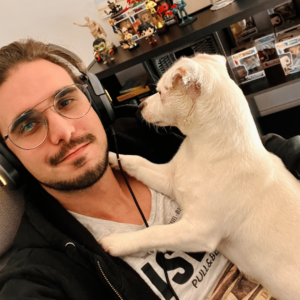
Experience as an Animation Mentor Student
Animation Mentor: How did Animation Mentor help prepare you for the industry?
Fonzo: Being comfortable with feedback, both giving and receiving, is essential for growth in animation. To evolve as an artist, you need to look at others’ work with a critical eye and offer constructive solutions for improvement. In your professional career, your work will be reviewed daily, so developing a thick skin and not falling in love with your own animation is crucial. Understanding that feedback is a form of help, not criticism, will allow you to face every challenge more positively and ultimately lead to better final results.
Advice for Animation Students
Animation Mentor: Are there any things every successful animator has in common?
Fonzo: One thing that every good animator does NOT have is… a big ego! Confidence is great, but a big ego can make the team experience unbearable. In animation, being a good team player is often more important than animation quality alone. The industry is small, and everyone values a positive work environment. Team members who help each other and make challenging times fun are always welcomed back.
Animation Mentor: What other advice do you have for current or future Animation Mentor students?
Fonzo: Use sunscreen. Your body and mental health are important, make sure you have a balanced life, on all levels, outside of these 8 hours sitting in front of the computer screen! And please, name your animation layers and locators. KISS, Fonzo.
Fonzo Romano in the credits
| House of the Dragon | The Marvels |
| Doctor Strange in the Multiverse of Madness | Fantastic Beasts: The Secrets of Dumbledore |
| His Dark Materials | Wonder Woman 1984 |
| The Mandalorian | The Lion King (2019) |
| Aladdin (2019) | Avengers: Endgame |
See what other projects Fonzo has worked on on IMDB – or connect with him on Instagram or LinkedIn.
Want to be mentored by professional animators?
Follow your animation dreams just like Fonzo Romano did by learning from animators at studios like Pixar, ILM, Riot Games, Disney, and Blizzard! Get more information about Animation Mentor’s Character Animation Program.
